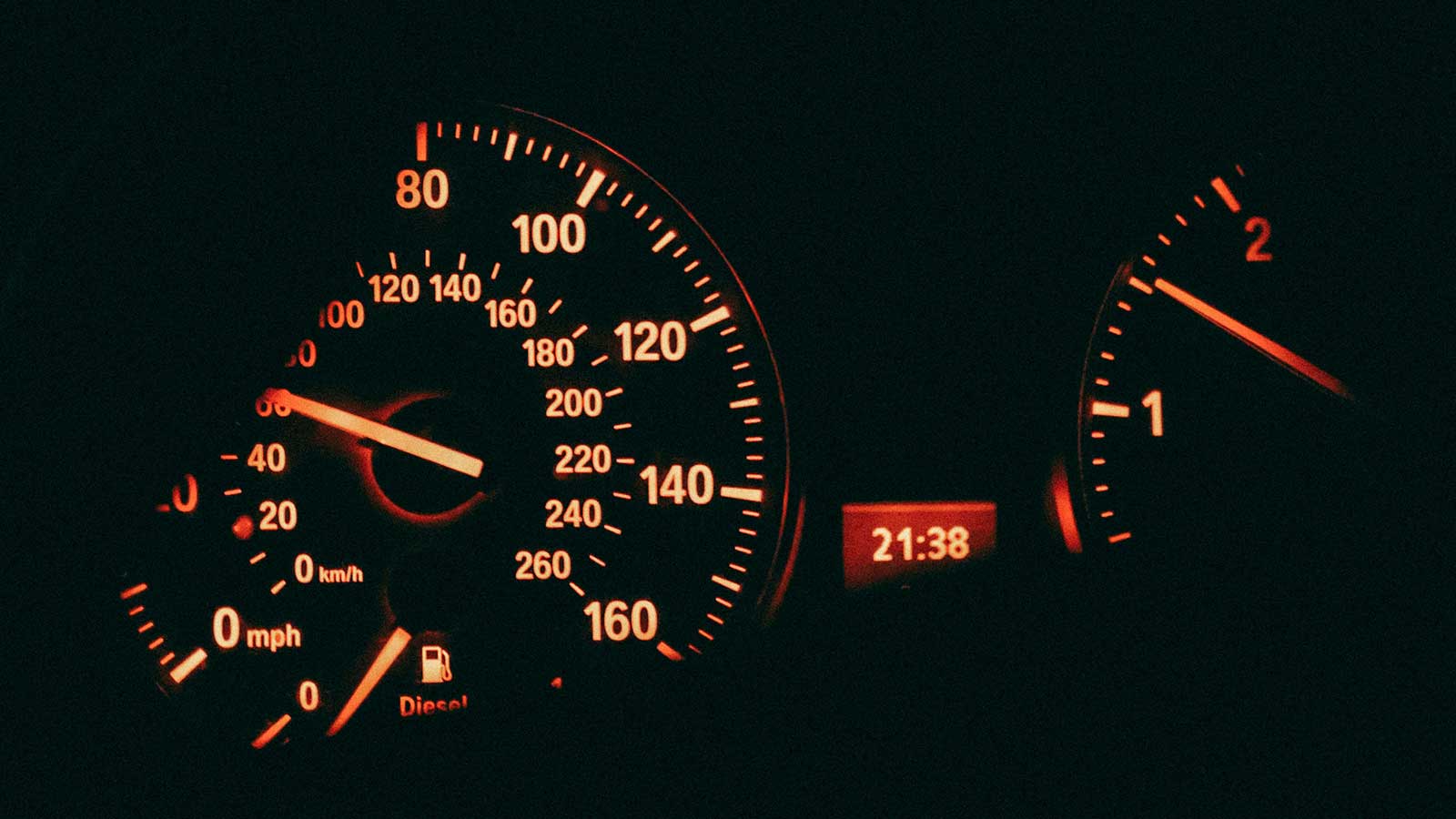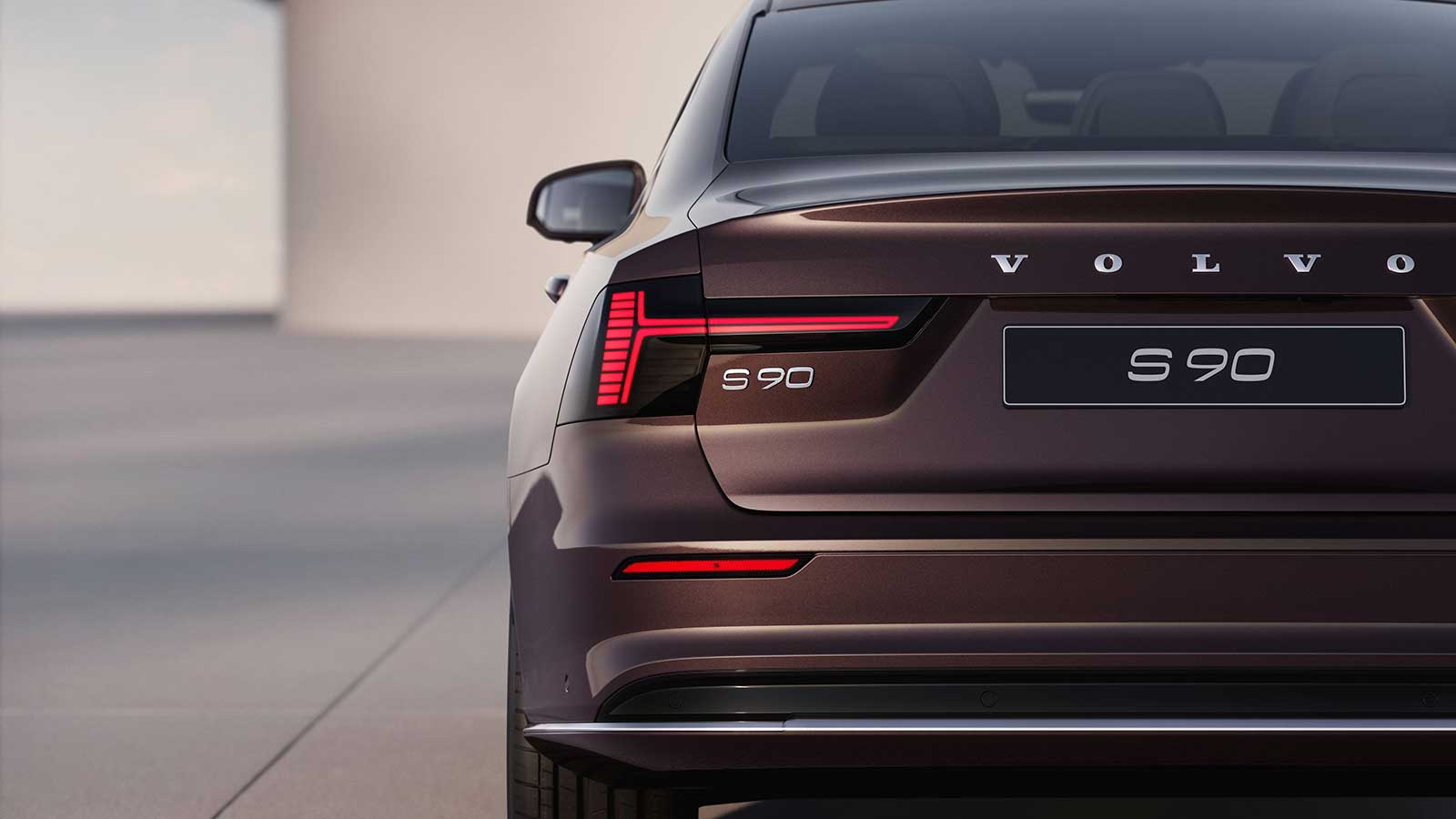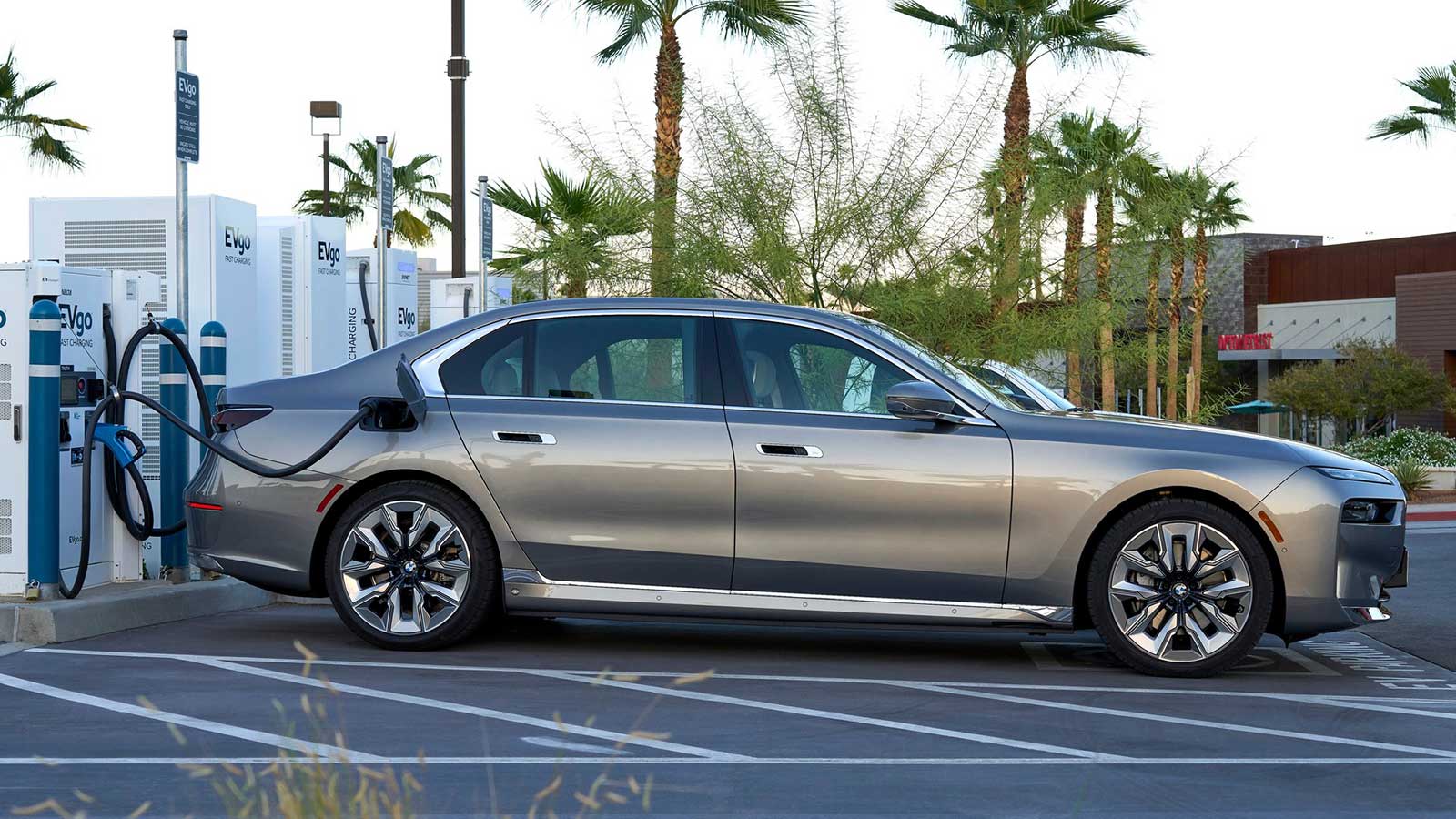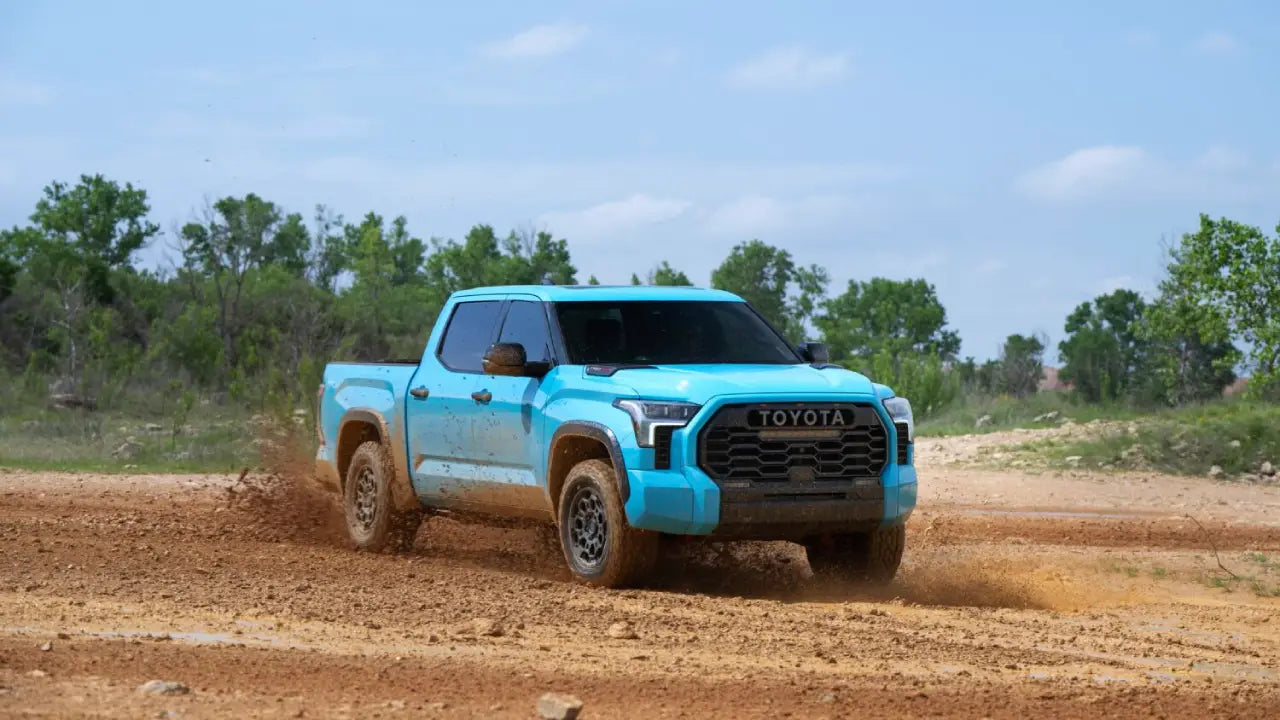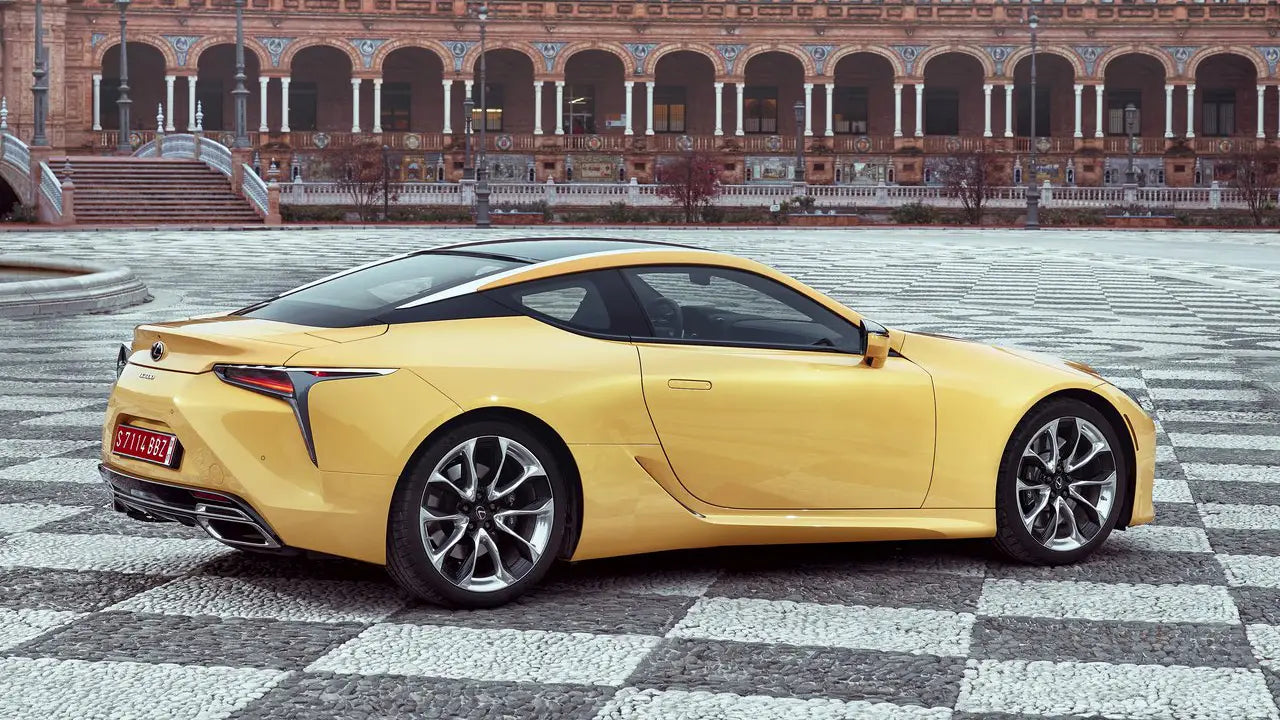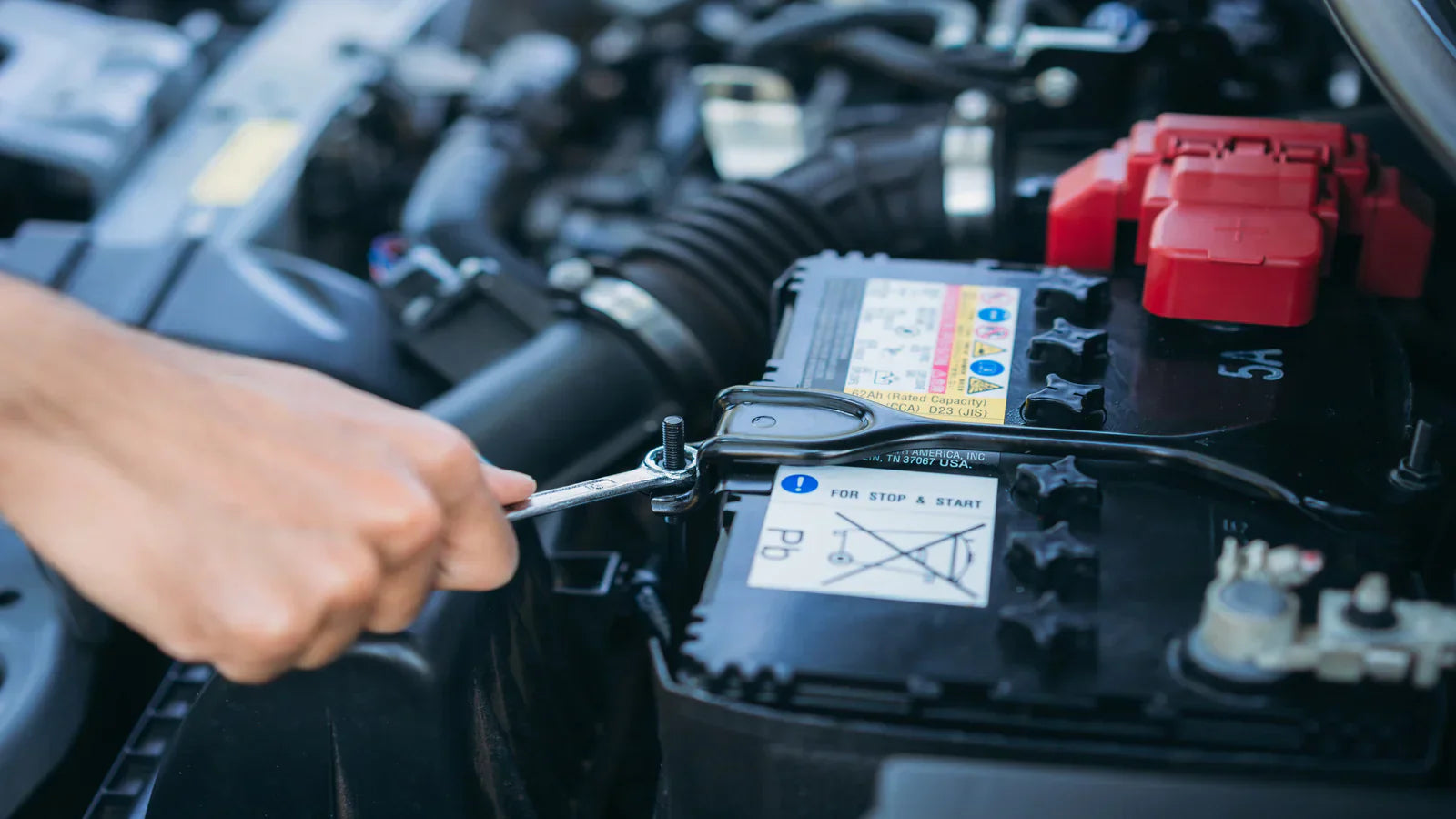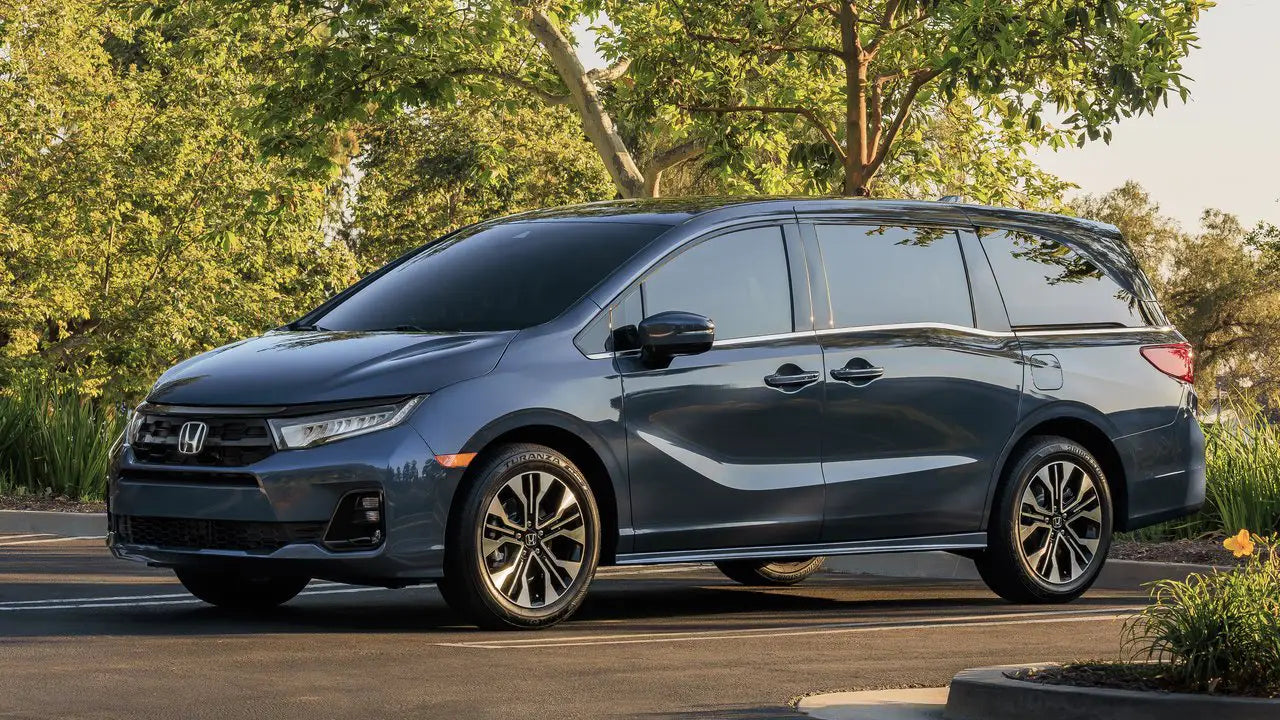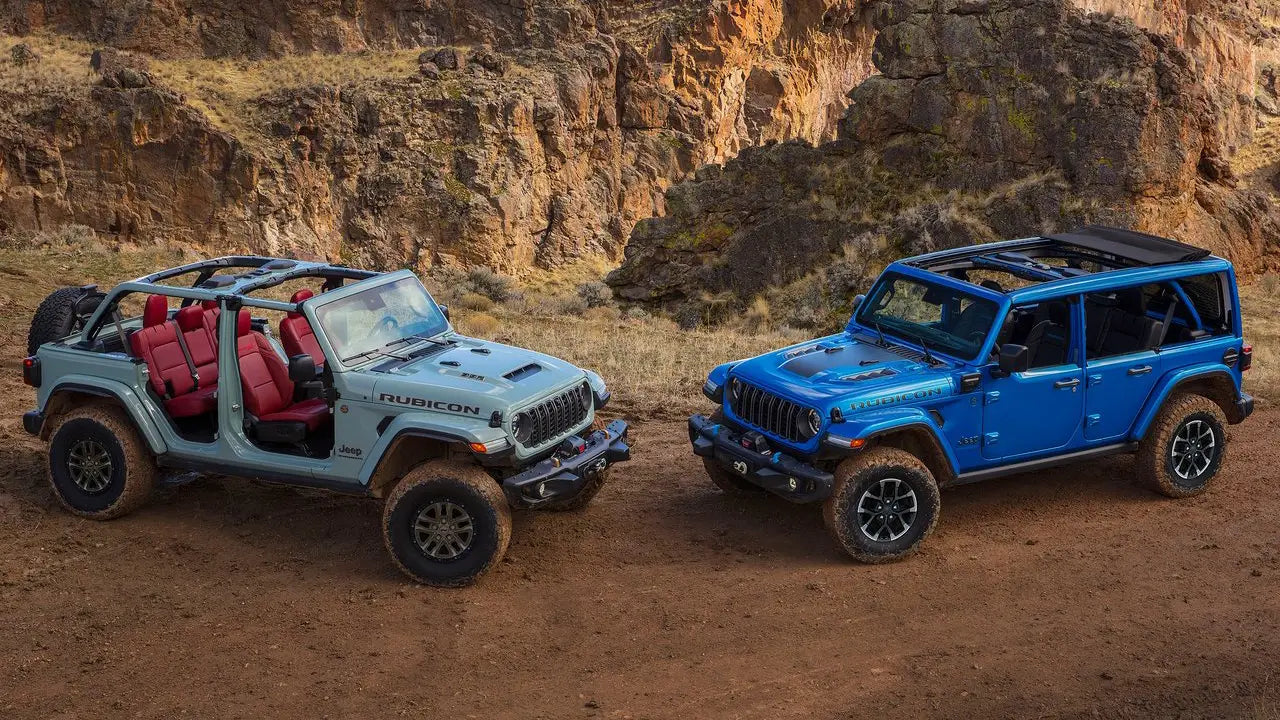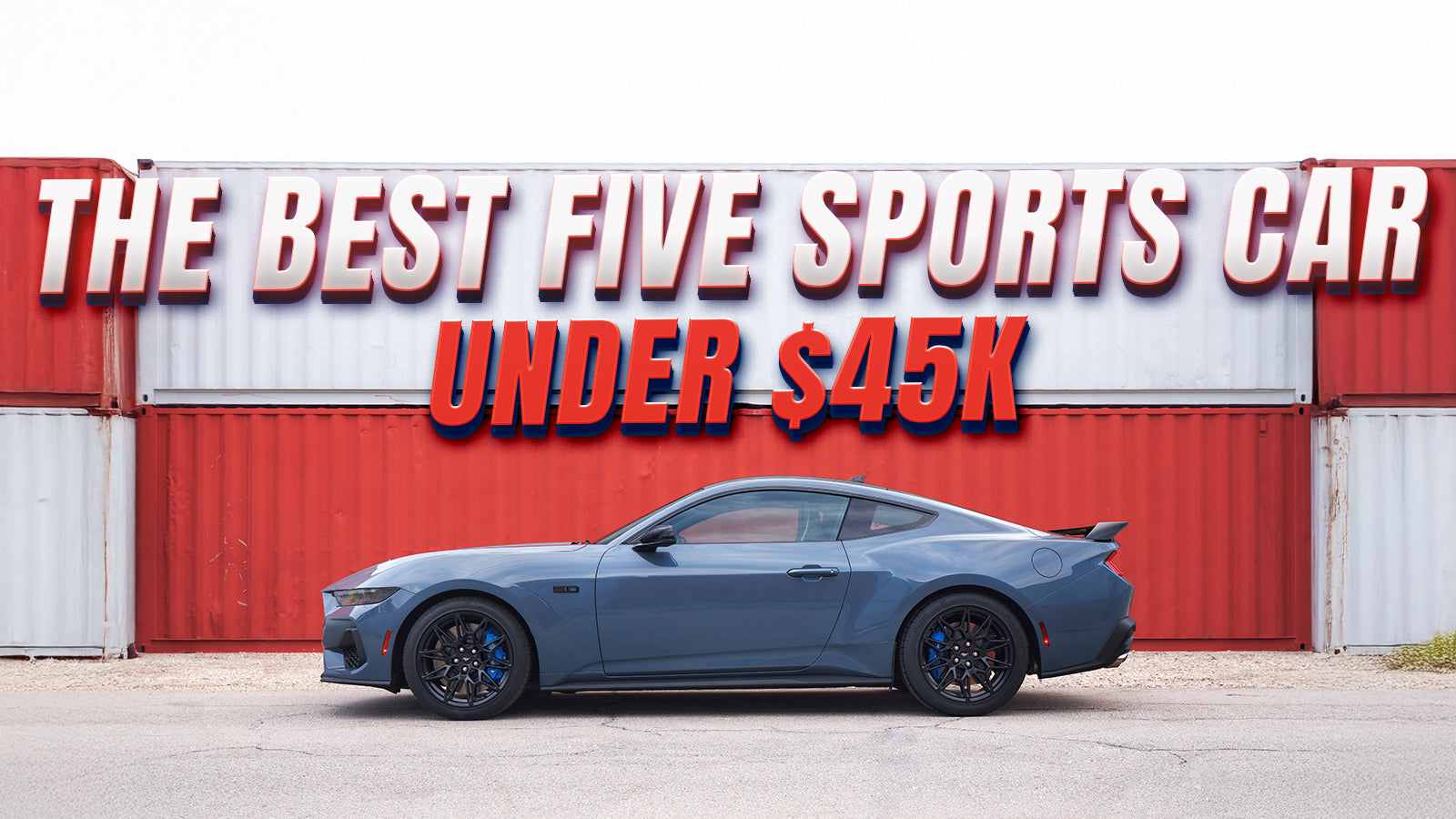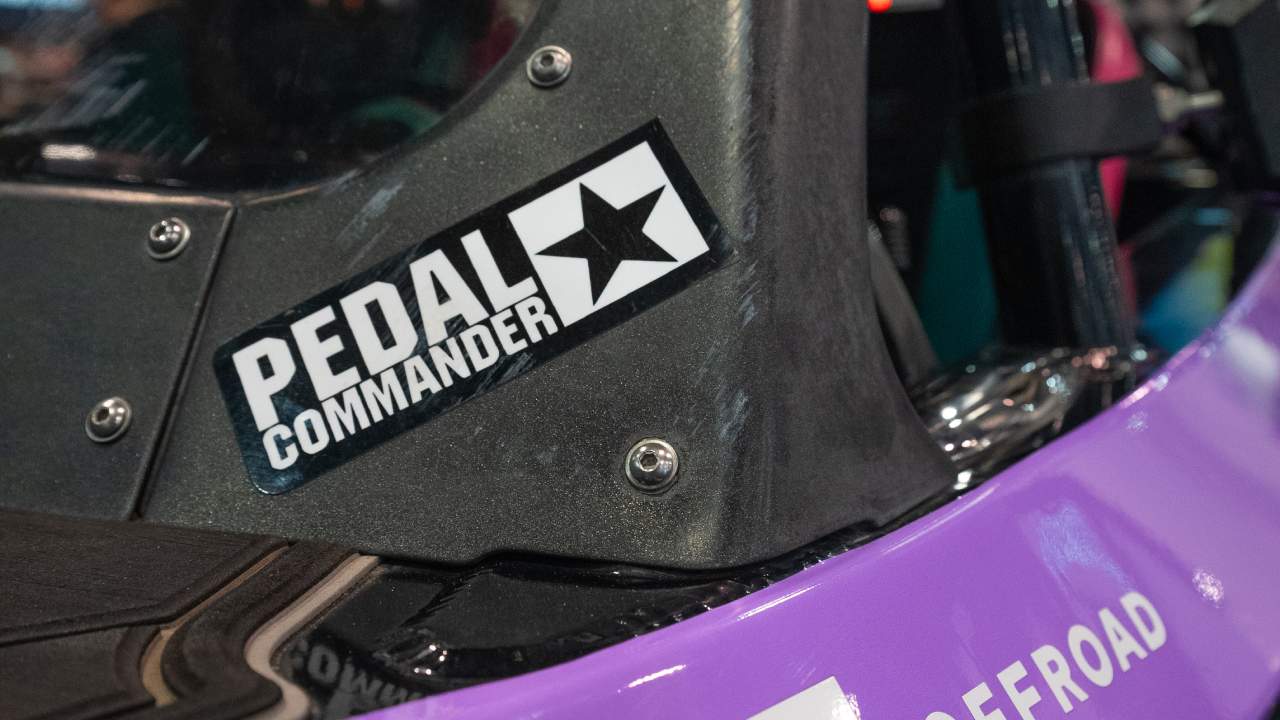Cover Photo by Ibrahim guetar on Unsplash
If you’ve ever wondered what is hypermiling, why gearheads worship it, and why some people call it a borderline sport, this guide is for you. Hypermiling is the art (and science) of squeezing the maximum range or miles per gallon (MPG) out of a vehicle using a combination of hypermiling techniques, modest modifications and careful planning. It’s part behavioral, part mechanical, and –when done sensibly– hugely satisfying for anyone who loves getting the most from a car.
What Does Hypermiling Mean?
Hypermiling is a collection of driving techniques and small vehicle changes intended to maximize fuel efficiency or battery range. It’s not just about “driving slow”; it’s a disciplined approach to minimize energy loss, whether that energy is gasoline, diesel, or electric.
A Brief Hypermiling History: Where It Came From
The term “hypermiling” emerged from online fuel-economy communities in the early 2000s. It was popularized by Wayne Gerdes, the founder of the CleanMPG community, who turned careful, methodical driving into a public practice and even a competitive pursuit. Hypermiling techniques grew as fuel prices rose and hybrids (like the Prius) became common, giving drivers both the incentive and the tools (instant MPG displays, regenerative braking) to push efficiency to extremes.
Over time the community produced headline-grabbing feats such as long-distance, extremely high-MPG runs and EV range records, which solidified hypermiling as both an eco hobby and a technical challenge for enthusiasts.
Why Enthusiasts Care
Car enthusiasts love hypermiling for the challenge. It’s a test of precision: smooth throttle control, reading the road, optimizing gear selection and exploiting vehicle electronics. Beyond the nerdy joy of numbers, hypermiling appeals because:
-
It’s measurable; you can log MPG and watch it climb.
-
It’s DIY; small changes and habits give visible returns.
-
It’s tech-friendly; OBD-II tools, apps and modern eco-drive features reward skilled drivers.

Photo by Juan Fernandez on Unsplash
Hypermiling Techniques: From Basic to Advanced
Core Hypermiling Tips
These are the bread-and-butter moves that improve MPG with minimal risk.
-
Smooth acceleration and braking: Avoid aggressive throttle inputs. Gentle pull-offs reduce wasted energy.
-
Anticipate traffic: Look ahead to minimize braking; coast to red lights instead of accelerating and stopping.
-
Maintain steady speeds: Where safe and legal, use cruise control to avoid speed swings (especially on highways).
-
Keep tires correctly inflated and your vehicle maintained: Under-inflated tires, poor alignment and fouled filters all hurt fuel efficiency. The gains here are small per item but add up.
-
Reduce drag and weight: Remove roof racks/boxes and clear out unnecessary cargo. Windows up at highway speeds helps too.
-
Turn off unnecessary electrical loads: A/C draws energy; when conditions allow, use ventilation or park in shade to avoid heavy climate use.
Intermediate Techniques
-
Pulse-and-glide (P&G): Accelerate (pulse) to a target speed, then coast (glide) with zero throttle until speed falls to a lower threshold, then repeat. This is very effective in hybrids and small cars.
-
Use the highest possible gear: Especially in manuals, staying in a higher gear without choking the engine reduces RPM and fuel burn.
-
Use eco-driving modes: Many modern cars limit throttle response and optimize transmission shifts for economy.
Advanced Hypermiling Techniques
These are for the experienced and are often used in contests; they deliver big gains but can be controversial or risky if misapplied.
-
Hybrid-specific gliding: More and better use of electric-only driving and regen optimization.
-
Micro-path planning: Choosing routes to avoid hills, stop-start traffic, or to catch green lights (timing lights in some cities).
-
Drafting: Tailing a large vehicle to reduce aerodynamic drag. Dangerous and illegal in most contexts; do not do it on public roads.
-
Coasting in neutral or turning off the engine while moving: Used historically but illegal or unsafe in many jurisdictions; brakes/steering assistance or power steering may be affected. Always check local laws and safety. Plus, modern cars have a fuel cut-off system when the powertrain is in gear, so coasting in neutral consumes fuel.
Hypermiling Mods: What to Upgrade (and What Not to)
“Hypermiling mods” often mean modest, reversible upgrades rather than engine-tampering:
-
Low rolling resistance tires give you small gains at speed but the trade-off is grip.
-
Lightweight wheels or parts reduce rotating mass.
-
Correct wheel alignment and aerodynamic add-ons make sure the vehicle stays low-drag and rolls smoothly.
-
ECU reflashes are typically not needed for hypermiling; tune only if it improves efficiency without compromising emissions compliance.
-
Avoid illegal or unsafe modifications like tampering with speedometers/sensors, or altering emissions systems; these can get you fined and make the car unroadworthy.
Pedal Commander® Throttle Response Controller as a Hypermiling Upgrade
The Pedal Commander® throttle response controller features a dedicated Eco mode designed to smooth out throttle response and deliver power in a more controlled and gradual manner compared to stock settings. Just like the other driving modes, Eco mode comes with nine increment levels, allowing you to fine-tune throttle sensitivity using the plus and minus buttons. You can make the throttle response–therefore the power delivery–more restrictive for maximum efficiency or slightly less restrictive if you prefer a balance between comfort and control. Real-world reviews state that Pedal Commander®’s Eco mode delivers up to 15% better fuel efficiency when combined with correct driving habits.
The Things to Know About Pedal Commander®’s Eco Mode:
-
To activate Eco mode, press and hold the STAR button until the Eco LED indicator lights up.
-
Pressing the plus button will not actually increase the Eco mode’s effect; it will still increase throttle response.

Unlike some hypermiling techniques that demand extreme focus or risky tactics, Pedal Commander® throttle response controller provides a plug-and-play solution that works seamlessly with your vehicle’s stock drive-by-wire system.
How Much Fuel Can You Actually Save?
This is the million-dollar question. The honest answer: results vary. Studies and real-world data give us ranges.
Conservative eco-driving improvements (smooth driving, proper tire pressures, minor route planning) typically yield ~5–15% fuel savings. Larger coordinated eco-driving programs report savings in the 10–25% range in controlled studies.
Real-world hypermiling contests demonstrate far higher results for limited runs. Enthusiasts regularly double EPA figures in carefully controlled runs (particularly with hybrids). Wayne Gerdes has posted contest and record runs, including a recent cross-country Guinness World Record, averaging 93.158 MPG in a stock Prius. This is quite extreme but shows that such outcomes are achievable under ideal conditions.

Image: Toyota Pressroom
For EVs, range can sometimes be doubled on a specific run with hypermiling tactics. In a famous 2017 hypermiling drive, a group of Italian Tesla owners reported ~606 miles on a single Model S charge using careful speed management and other tricks.
Bottom line is that modest changes will net you steady savings; extreme hypermiling techniques can produce headline numbers but are situational and often impractical for daily driving.
Safety, Legality and Ethical Considerations
Safety Red Flags
-
Drafting (tailgating) is dangerous. Do it cautiously or don’t do it at all.
-
Coasting in neutral or shutting the engine while moving disables power-assisted brakes/steering in modern vehicles, and is outlawed in many places.
-
Driving substantially below the speed of traffic on highways is unsafe. Overtake patterns and driver frustration can create hazards.
Legal Issues
Techniques like rolling stops or coasting through a stop sign can violate traffic laws. Different jurisdictions have different rules on coasting in neutral; check local laws before experimenting.
Ethics
Don’t impede emergency vehicles. Don’t sacrifice other road users’ safety to save a few cents per gallon. Responsible hypermilers stress courtesy and situational awareness; be efficient and predictable.
Hypermiling Records and Real-World Stories (the fun part)
If you like big numbers, hypermiling communities have produced them in abundance:
-
Wayne Gerdes (CleanMPG): Gerdes is legendary in the scene; he’s run extreme MPG challenges and recently logged a Guinness world record averaging 93.158 MPG coast-to-coast in a Toyota Prius.
-
Tesla Owners Italia Model S run (2017): A group of Italians claimed ~606 miles on a single Model S charge by hypermiling the car.
-
Forum communities (CleanMPG, etc.): Countless enthusiasts consistently beat EPA numbers by double-digits on day-to-day commutes through steady eco-driving and small hypermiling mods.
These stories are inspirational, but remember that they’re typically controlled efforts with perfect weather, optimized routes, and zero urgency. Your daily commute will yield smaller (yet still meaningful) improvements.
Best Cars for Hypermiling: What to Choose If You Want to Play the Game
Ideal Characteristics
-
Hybrid or EV powertrain with Regenerative Braking: Lets you recapture energy and coast without fuel burn.
-
Accurate instant-MPG or energy-use displays: Real-time data is key.
-
Low curb weight and good aerodynamics: Less energy to move means more efficiency potential.

Photo by Raivis Razgals on Unsplash
Top Picks:
-
Toyota Prius and other Toyota hybrids are classic hypermiling platforms.
-
Honda Insight / Civic Hybrid delivers similar capabilities as the Prius; light and efficient.
-
Efficient diesel or small gasoline hatchbacks such as VW’s TDI-era cars and small diesels still respond well to hypermiling techniques.
-
Electric vehicles like Tesla Model 3/S, Hyundai Ioniq, and others respond very well to hypermiling tips thanks to regen and precise throttle control.
The best cars for hypermiling are hybrids and efficient EVs simply because their design aligns with the technique. But you can hypermile almost any car; you’ll just get smaller percentage gains in heavy, inefficient vehicles.
The Everyday Carry: Tools and Tech Every Hypermiler Should Use
-
OBD-II meters (ScanGauge, etc.); instant fuel-flow and MPG readouts help you train your right foot.
-
Smartphone apps (Fuelly, Torque, manufacturer eco apps) allow you to track multi-tank averages and trends.
-
Tire pressure monitors / portable pumps to monitor and inflate tires accurately.
-
Route-planning apps that prioritize smooth flow and fewer lights.
-
Adaptive cruise control.
-
Pedal Commander® Throttle Response Controller — see above!
Practical Hypermiling Tips for Everyday Drivers
-
Check tire pressures and set them to the manufacturer's recommendations.
-
Lose unnecessary weight; remove roof racks and unnecessary cargo.
-
Use cruise control where safe.
-
Accelerate gently and treat the throttle like a delicate instrument.
-
Anticipate traffic; look 10–15 seconds ahead and coast where possible.
-
Avoid peak heating/cooling; park in shade or pre-cool/cool your car while plugged in (especially with EVs).
-
Keep the car maintained; air filters, oils and alignments matter.
-
Use eco-mode when traffic and route permit.
-
Log MPG with an app; feedback accelerates habit change.
-
Be sensible, never sacrifice safety for an extra MPG.
Final Verdict: Is Hypermiling Worth It?
Yes, if you treat it as a smart-driving discipline, not a stunt show. For the average driver, expect consistent, realistic savings of 5 to 20% with a combination of hypermiling tips, hypermiling mods, and sensible driving; for enthusiasts and contest conditions, much higher figures have been proved possible. Hypermiling delivers environmental wins, wallet wins and the nerdy joy of wringing more from every gallon or kilowatt-hour…as long as you keep it safe and legal.



